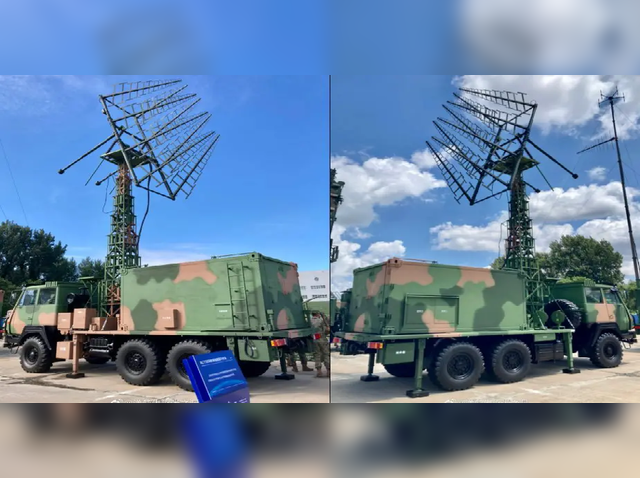China has introduced a groundbreaking advancement in military technology, claiming to have developed a highly sophisticated artificial intelligence (AI)-enabled spy device designed to revolutionize battlefield surveillance.
The unveiling of this electronic warfare technology by Chinese scientists signals a significant leap forward in the realm of military intelligence gathering.
China AI-enhanced PLA device offers unparalleled battlefield surveillance
The newly unveiled electronic warfare device, tailored for implementation by the People’s Liberation Army (PLA), boasts unparalleled surveillance capabilities. Engineered to provide seamless, wide-bandwidth, and real-time monitoring, it promises to leave enemy forces with “nowhere to hide” on the battlefield.
According to project lead scientist Yang Kai, the device can swiftly detect enemy signals, decode their physical characteristics, and neutralize them effectively, all while ensuring uninterrupted communication for friendly forces.
AI integration redefines possibilities
A key breakthrough of this technology lies in its integration of artificial intelligence (AI), enabling enhanced performance and expanded functionalities. Traditional monitoring systems have long been hampered by limitations in hardware, confining their analysis to narrow bandwidths.
However, the newly developed spy tech extends this range significantly, allowing for the seamless detection and monitoring of frequencies in the gigahertz range. This includes the capability to monitor signals emitted by high-tech assets such as Elon Musk’s Starlink satellites.
Moreover, the utilization of AI algorithms facilitates advanced data processing, particularly in tasks requiring the differentiation between civilian and military signals and the analysis of vast datasets. This integration of AI not only enhances the device’s performance but also contributes to its relatively compact size, high efficiency, and low power consumption.
Implications for future warfare
The implications of this technological advancement are profound, potentially heralding a paradigm shift in the conduct of modern warfare. By empowering the PLA with unprecedented surveillance capabilities, this AI-enabled spy technology has the potential to disrupt the conventional dynamics of military engagements.
Its ability to intercept and disrupt enemy communications, even in scenarios where rapid frequency shifts occur, poses a formidable challenge to adversary forces.
Moreover, the compact form factor and efficient operation of the device render it highly deployable across various battlefield environments. This versatility enhances the PLA’s agility and responsiveness, enabling swift adaptation to evolving threats and operational requirements. As a result, the Chinese researchers anticipate that this cutting-edge technology could redefine the art of war, influencing tactics, strategies, and the balance of power on the global stage.





